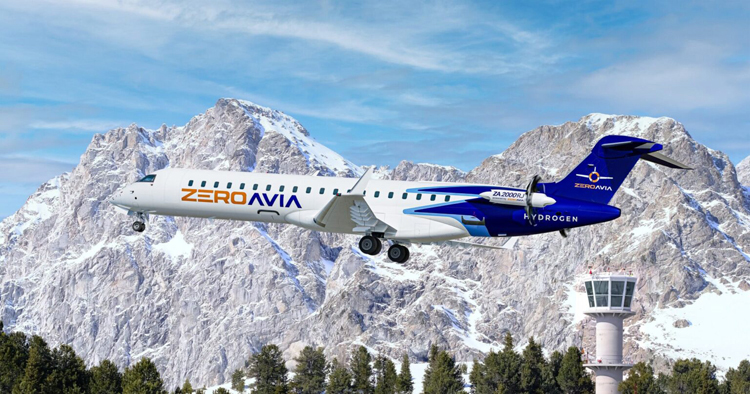INDIAN ARMED FORCES CHIEFS ON OUR RELENTLESS AND FOCUSED PUBLISHING EFFORTS

The insightful articles, inspiring narrations and analytical perspectives presented by the Editorial Team, establish an alluring connect with the reader. My compliments and best wishes to SP Guide Publications.

"Over the past 60 years, the growth of SP Guide Publications has mirrored the rising stature of Indian Navy. Its well-researched and informative magazines on Defence and Aerospace sector have served to shape an educated opinion of our military personnel, policy makers and the public alike. I wish SP's Publication team continued success, fair winds and following seas in all future endeavour!"

Since, its inception in 1964, SP Guide Publications has consistently demonstrated commitment to high-quality journalism in the aerospace and defence sectors, earning a well-deserved reputation as Asia's largest media house in this domain. I wish SP Guide Publications continued success in its pursuit of excellence.
- Indian Air Force Aims for Full Indigenous Inventory by 2047 — Air Chief Marshal A.P. Singh
- Rajnath Singh assumes charge as Defence Minister for the second consecutive term
- Interim Defence Budget 2024-25 — An Analysis
- Union Defence budget 2024
- Prime Minister Modi Flies in the LCA Tejas
- New Chapter in India-Italy Defence Ties
- Airpower beyond Boundaries
American Airlines commits to conditional purchase of 100 ZeroAvia hydrogen-powered engines, increases investment in hydrogen-electric innovator

American Airlines today announced that it has entered into a conditional purchase agreement with clean aviation innovator ZeroAvia for 100 hydrogen-electric engines intended to power regional jet aircraft with zero inflight emissions save for water vapor.
In addition, American has increased its investment in ZeroAvia. American made its first investment in ZeroAvia in 2022 and has also now participated in the company's Series C financing round. The engine agreement follows the Memorandum of Understanding the companies announced in 2022.
ZeroAvia is developing hydrogen-electric (fuel cell-powered) engines for commercial aircraft, which offer the potential for close to zero inflight emissions. The company is flight testing a prototype for a 20-seat plane and designing an engine for larger aircraft such as the Bombardier CRJ700, which American operates on certain regional routes.
"Advancing the transition of commercial aviation to a low-carbon future requires investments in promising technologies, including alternate forms of propulsion," said American's CEO Robert Isom. "This announcement will help accelerate the development of technologies needed to power our industry and uphold our commitment to make American a sustainable airline so we can continue to deliver for customers for decades to come."
The investment and conditional commitment to purchase novel engine technology contributes to American's aggressive goal to achieve net-zero greenhouse gas emissions by 2050. In recent years, American has undertaken the most extensive fleet renewal effort in the history of commercial aviation, which currently gives it the youngest mainline fleet of any major U.S. network carrier and improves fuel efficiency. American has made industry-leading investments in sustainability, including finalizing an offtake agreement with Infinium, a producer of next-generation low-carbon sustainable aviation fuel, and becoming the first customer of Graphyte's innovative and permanent carbon removal process.
"In signing this purchase agreement and furthering its investment, American is supporting our mission of innovation for clean aircraft propulsion and it is a good signal that ZeroAvia is delivering on our technology roadmap," said ZeroAvia Founder and CEO Val Miftakhov. "The solutions that can serve the largest airlines are within reach, and the clean future of flight is coming."
ZeroAvia's hydrogen-electric engines use hydrogen in fuel cells to generate electricity, which is then used to power electric motors to turn the aircraft's propellers. The only inflight emission is low-temperature water vapor, and the lower intensity electrical systems have the potential to offer significant cost savings.





